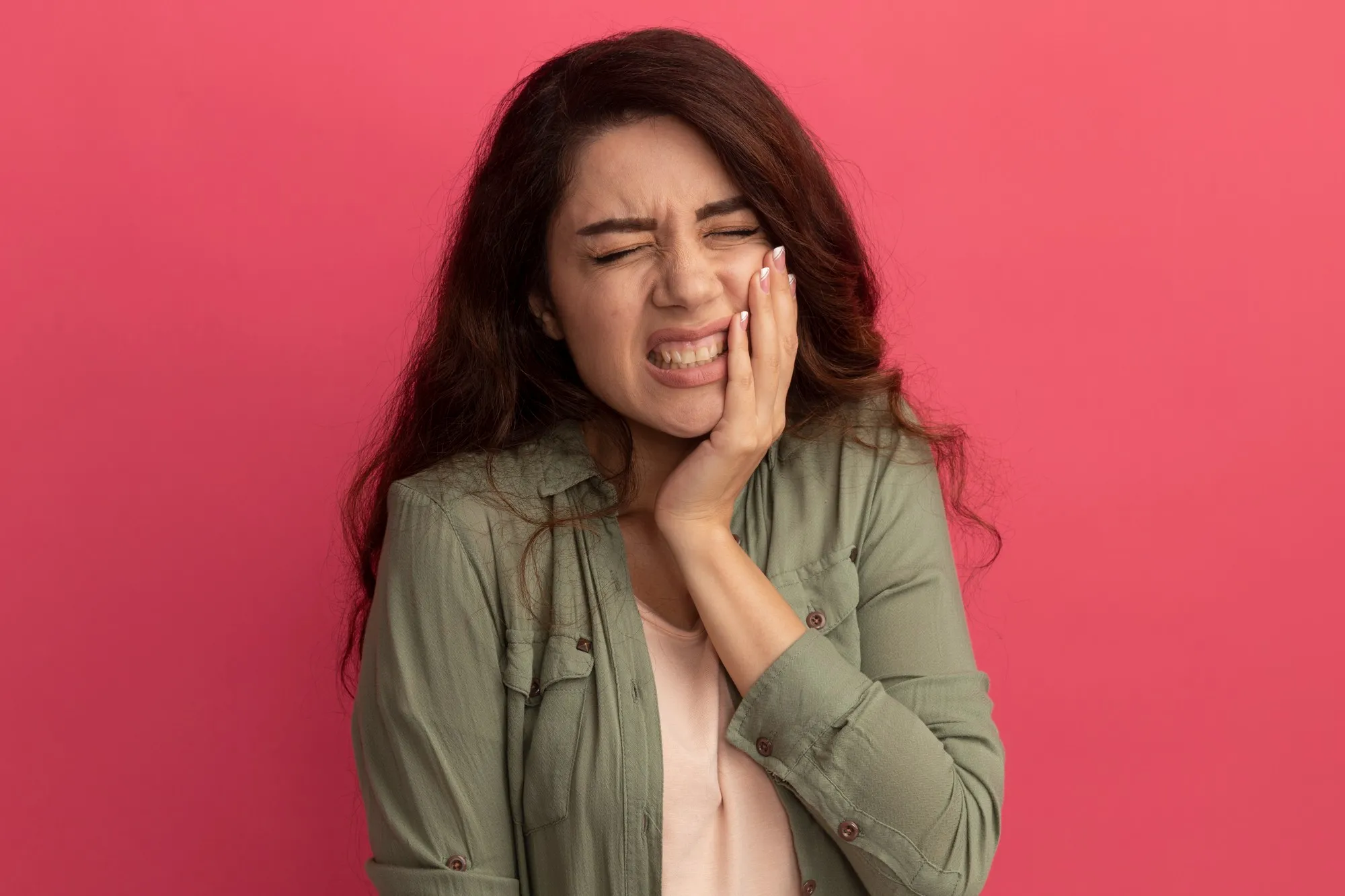In the realm of dental medicine, awake bruxism, characterized by involuntary teeth grinding or jaw clenching during the day, has long been a condition shrouded in ambiguity. The conventional approach to understanding and diagnosing awake bruxism has leaned heavily on patient reports and symptom awareness. However, a groundbreaking study recently published in the ‘Journal of Prosthodontic Research’ offers a fresh perspective by investigating the actual state of the diurnal masseteric muscle activity, irrespective of patient’s self-awareness of their condition. This novel research casts a critical eye on the belief that self-awareness of diurnal awake bruxism (d-AB) correlates with objective muscle activity measures.
DOI: 10.2186/jpr.JPR_D_23_00072
The impetus for the study originated from the observation that many individuals who exhibit diurnal tooth clenching (d-TC) are not aware of their condition. This posed a significant challenge in the effective diagnosis and treatment of d-AB. As a response to this clinical quandary, a team of researchers led by Ishimaru Tomoya from the Department of Crown and Bridge Prosthodontics at the Faculty of Dental Medicine, Hokkaido University, along with colleagues from other esteemed institutions in Japan, embarked on a mission to delve deeper into the enigma of d-AB.
The study’s methodology was meticulous and innovative. Enlisting 119 participants—59 aware of their diurnal tooth clenching habits and 60 unaware—the researchers recorded unilateral masseter electromyography (EMG) data during the daytime utilizing an ultraminiature wearable EMG device. EMG technology enabled the team to directly measure muscle activity, providing a more objective assessment of muscle function than self-reported symptoms alone. The collected data were segmented into waveforms longer than 0.25 seconds with specific amplitude conditions, and the researchers computed the number of bursts and episodes, burst duration, and peak amplitude for each subject.
One of the most striking revelations of this investigation was the absence of significant differences in the EMG parameters between the participants who were aware of their d-TC and those who were not. The frequency distribution of the EMG waveforms revealed broad ranges and substantial overlap between both groups. These findings undermine the long-standing assumption that awareness of d-AB is an accurate proxy for muscle activity levels.
Furthermore, the variability observed in bursts and episodes, burst peak amplitude, and burst duration among subjects signalled the necessity for an objective classification system for d-AB severity based on EMG values. This objective classification could potentially serve as a more reliable diagnostic tool for professionals in the assessment and management of d-AB.
The study’s implications are multifaceted. Not only does it challenge the conventional reliance on patient awareness for diagnosing awake bruxism, but it also calls the medical community to adopt objective measures like EMG as a standard practice. Additionally, the research sets the stage for further exploration into the underlying causes of d-AB, the possible genetic or environmental factors at play, and the development of tailored intervention strategies.
As bruxism can have far-reaching consequences like tooth wear, increased dental sensitivity, and temporomandibular joint disorders, the significance of an accurate and early diagnosis cannot be understated. With this study, dental professionals are better equipped to recognize d-AB in its myriad presentations, ensuring a more holistic approach to dental health and patient well-being.
References
– Ishimaru T., et al. (2024). Actual state of the diurnal masseteric electromyogram: Differences between awareness and non-awareness of awake bruxism. Journal of Prosthodontic Research. DOI: 10.2186/jpr.JPR_D_23_00072.
– Manfredini, D., & Lobbezoo, F. (2009). Role of psychosocial factors in the etiology of bruxism. Journal of Orofacial Pain, 23(2), 153-166.
– Lobbezoo, F., et al. (2013). Bruxism defined and graded: an international consensus. Journal of Oral Rehabilitation, 40(1), 2-4.
– Lavigne, G. J., Khoury, S., Abe, S., Yamaguchi, T., & Raphael, K. (2008). Bruxism physiology and pathology: an overview for clinicians. Journal of Oral Rehabilitation, 35(7), 476-494.
– Raphael, K. G., et al. (2003). Evidence-based care for temporomandibular disorders (TMDs): Implications for management of bruxism. Journal of Evidence-Based Dental Practice, 3(4), 211-220.
Keywords
1. Diurnal Awake Bruxism
2. Electromyogram Bruxism Study
3. Masseter Muscle Activity
4. Wearable EMG Device
5. Bruxism Awareness
